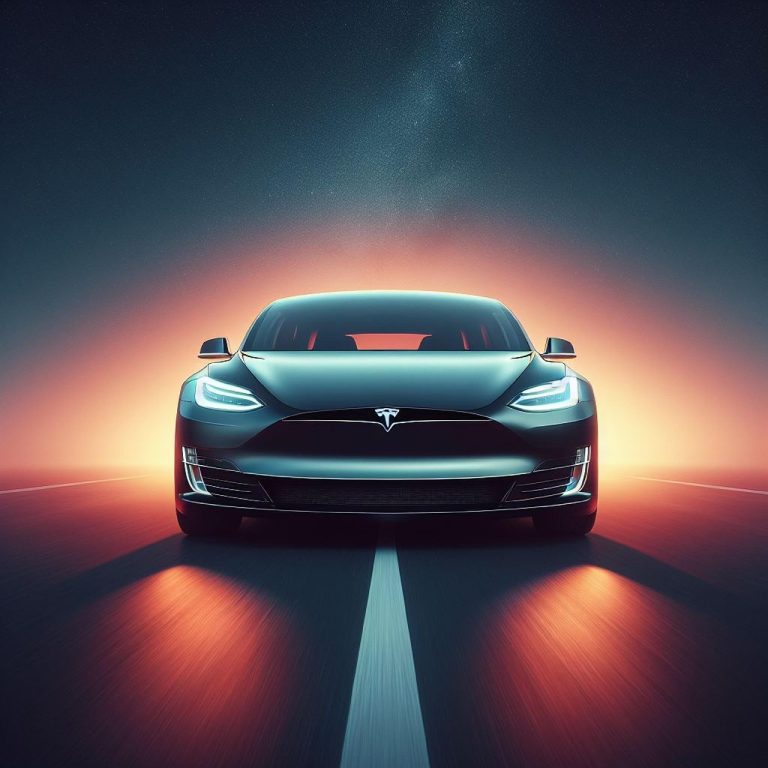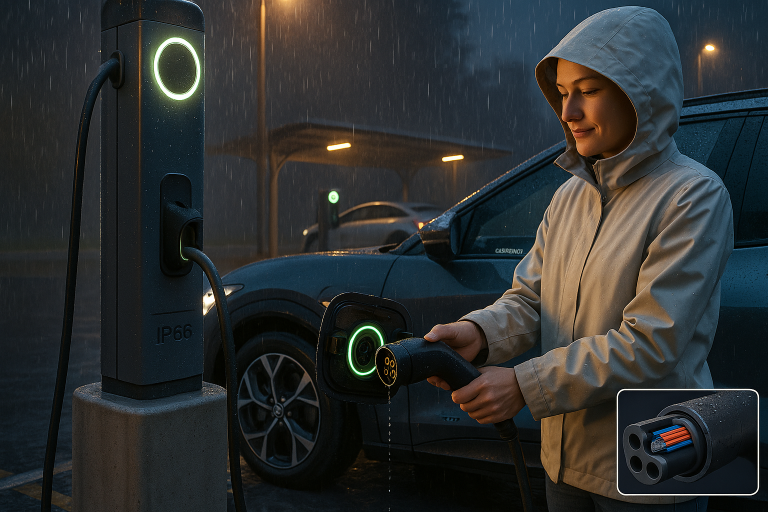How Do Charging Stations For Electric Cars Work
Electric vehicle (EV) charging stations, also known as EVSE (Electric Vehicle Supply Equipment), provide a means for EV owners to charge their cars. There are two types of charging stations: Level 1 and Level 2.
Level 1 Charging Stations
Level 1 charging stations use a standard 120-volt household outlet to charge an EV. These charging stations typically take longer to charge an EV, but they are the most convenient and inexpensive option.
Level 2 Charging Stations
Level 2 charging stations use a 240-volt power supply, similar to that used for large appliances such as electric dryers. These charging stations can charge an EV much faster than Level 1 charging stations, and are commonly found at public charging stations and workplaces.
How Charging Stations Work
When an EV is connected to a charging station, the charging station sends power to the car’s onboard charger. The onboard charger converts the incoming AC power from the charging station into DC power, which is then used to charge the car’s battery. Some charging stations use a J1772 connector to supply power to the car, while others use a different type of connector.
Additional Features of Charging Stations
Some charging stations also have additional features such as network connectivity, which allows EV owners to monitor and control the charging process remotely, or payment systems, which allow EV owners to pay for the electricity used to charge their cars.
Smart Charging Capabilities
Some charging stations are also equipped with smart charging capabilities. They can communicate with the grid, and charge the car during off-peak hours when electricity is cheaper and there is less demand for electricity.
In summary, EV charging stations work by providing a means for EV owners to charge their cars, they can be level 1 or level 2, and may have additional features such as network connectivity and payment systems, and smart charging capabilities.




